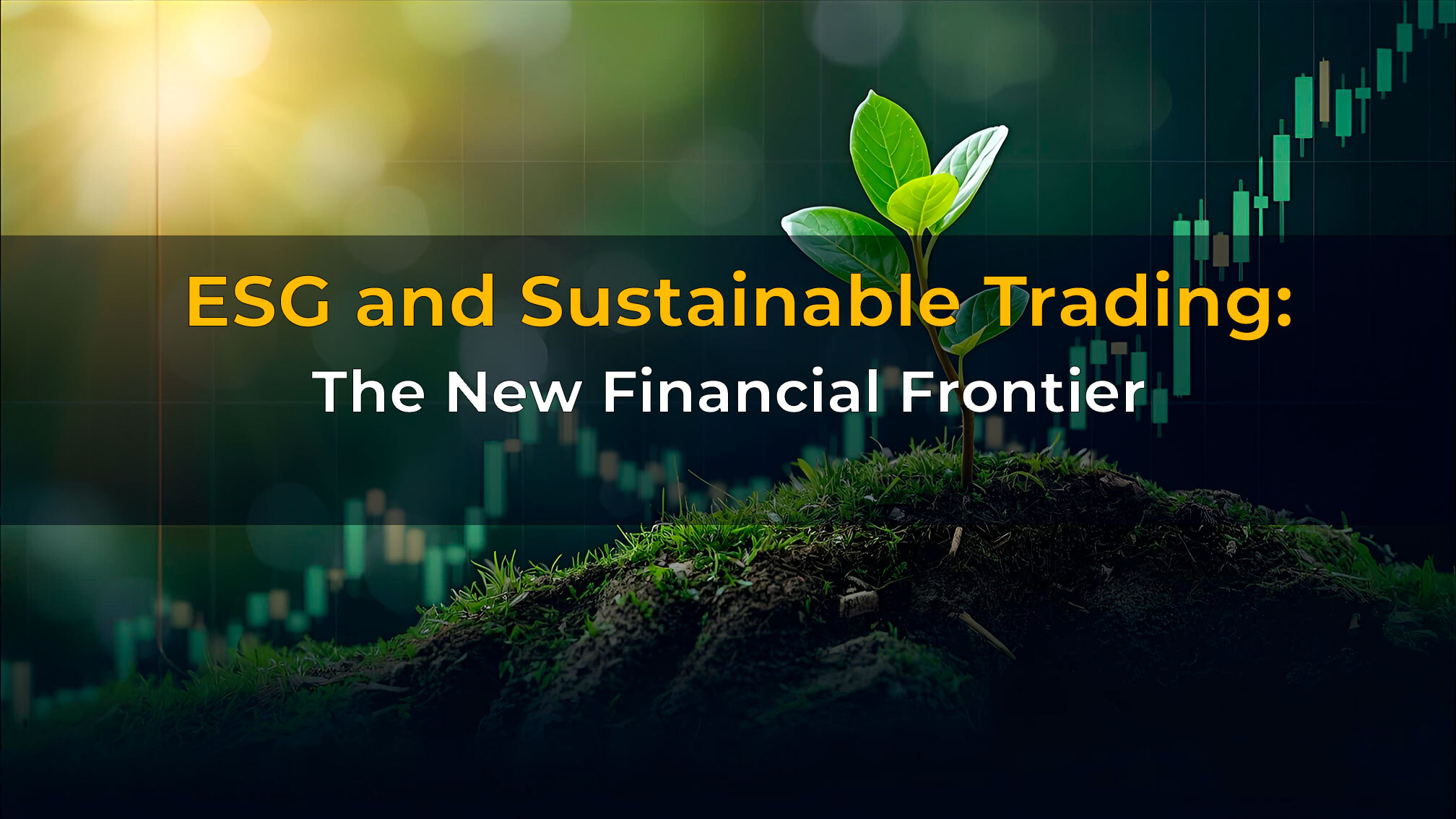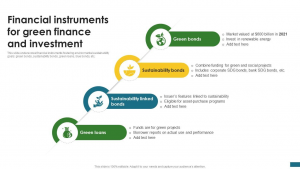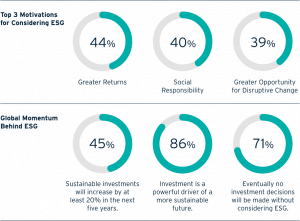
ESG and Sustainable Trading: The New Financial Frontier
15 ноября 2024
8 views
ESG and Sustainable Trading: The New Financial Frontier
The landscape of modern finance is undergoing a fundamental transformation, driven by a growing, undeniable truth: environmental resilience and social equity are inseparable from long-term economic stability. This shift has placed ESG (Environmental, Social, and Governance) factors at the core of investment strategy, moving them from niche ethical concern to mainstream financial imperative.
Sustainable trading is the application of ESG criteria across all aspects of a market participant’s activities, from asset selection to derivative hedging. Global awareness of climate change, ethical responsibility, and corporate resilience is reshaping investment behavior, compelling advanced traders to integrate non-financial risk into their models. This transformation is driven by growing investor demand for sustainability-driven portfolios and regulatory pressure, making proficiency in ESG essential for maintaining a competitive edge in today’s complex markets.

Understanding ESG Principles in Modern Markets
ESG is a framework used to evaluate how a company manages risks and opportunities related to sustainability. It provides a standardized lens for ethical investing, assessing a company’s non-financial value drivers.
The Three Core Pillars of ESG
The ESG framework is defined by three interconnected dimensions:
- Environmental (E): Focuses on a company’s impact on natural systems. Key metrics include carbon footprint and emissions intensity, water and waste management, energy efficiency, pollution control, and the company’s strategy for climate risk mitigation.
- Social (S): Focuses on a company’s relationships with people and society. This includes labor practices and employee health and safety, human rights compliance, diversity and inclusion, community impact, and customer satisfaction.
- Governance (G): Focuses on a company’s leadership, internal controls, shareholder rights, and business ethics. Key areas are board composition and independence, executive compensation, transparency in reporting, and anti-corruption policies.
Application Across Financial Markets
While ESG traditionally applies to equity selection, its influence now pervades all major asset classes, driving the demand for ESG portfolio management:
- Stock and Commodity Trading: ESG performance is a proxy for operational quality and long-term resilience. Companies with high ESG scores often face fewer litigation risks and are better prepared for regulatory shifts (e.g., carbon taxes), making them potentially more stable investments.
- Forex Trading: ESG influences sovereign risk. A country heavily dependent on fossil fuels or one with high levels of social inequality may face greater currency volatility due to climate-related economic instability or political risk.
- Fixed Income: The rise of green bonds and sustainability-linked loans means bond traders must assess the ESG commitments of the issuer, as poor performance can trigger changes in coupon payments or affect credit ratings.
Institutional investors and regulators are increasingly prioritizing these sustainability metrics because they are powerful predictors of non-linear, systemic risk—risks that traditional financial models often fail to capture.
The Mechanics of ESG Integration in Trading
Integrating ESG into a trading strategy moves beyond simple ethical screening; it involves complex data analysis and quantitative modeling.
ESG Data and Scoring Systems
The core challenge of sustainable trading is data. ESG data is collected from corporate disclosures, governmental filings, news articles, and alternative sources (e.g., satellite imagery monitoring industrial pollution).
- ESG Scoring: Rating agencies (like MSCI, Sustainalytics, and Refinitiv) synthesize thousands of data points into standardized ESG scoring systems (typically A-AAA or 0-100). These scores assess a company’s exposure to material ESG risks and how well it manages them.
- Sustainability Indices: Indices such as the Dow Jones Sustainability Index and the MSCI ESG Index track the performance of companies meeting specific ESG criteria. Traders often use ETFs based on these indices to gain broad exposure to high-performing sustainable assets.
- AI-Driven ESG Analytics: The sheer volume and complexity of ESG data necessitate automation. AI utilizes Natural Language Processing (NLP) to analyze corporate reports and social media chatter, providing real-time, objective insight into a company’s ESG behavior and helping detect instances of «greenwashing.»
ESG as a Trading Signal
For advanced traders, ESG factors are no longer just filters; they are integrated into alpha-generating strategies:
- Risk Overlay: Using a low ESG score as a mandatory filter to automatically exclude companies with high climate risk exposure or poor governance, thereby reducing the probability of large, unexpected drawdowns.
- Momentum Strategy: Trading on ESG performance metrics momentum—buying companies whose ESG scores are rapidly improving, signaling operational efficiencies and good management.
- Thematic Trading: Focusing on long-term trends driven by ESG regulations, such as investing in companies positioned to benefit from the global transition to renewable energy futures.
Green Financial Instruments — The Tools of a Sustainable Trader
The shift toward sustainable trading has spurred the creation of new asset classes and derivative products specifically designed to channel capital toward environmental and social goals.

Carbon Credits and Carbon Markets
The carbon market is a central instrument in global climate policy, designed to make emissions costly. These markets operate under a «cap-and-trade» system:
- Mechanism: Governments set a cap on total emissions. Companies receive or purchase carbon credits (or allowances), each representing one ton of CO2 equivalent they are permitted to emit.
- Trading: Companies that reduce emissions below their allowance can sell their excess credits; those that exceed the cap must buy credits. This creates a liquid market for emissions allowances (e.g., EU ETS, California Cap-and-Trade).
- Trader Use: Traders participate to hedge against future carbon taxes, speculate on regulatory changes, or arbitrage price differences between regional carbon markets. This allows for both compliance and profitable environmental engagement.
Green Bonds
Green bonds are fixed-income securities specifically earmarked to raise capital for projects that have a positive environmental or climate-related impact (e.g., renewable energy, sustainable land use).
- Structure: They operate like standard corporate or government bonds but come with a formal commitment to use the proceeds exclusively for «green» projects, verified by third parties.
- Yield Behavior: Historically, high-quality green bonds often trade at a greenium (a lower yield compared to similar conventional bonds), reflecting high investor demand for sustainable assets, a key consideration for fixed-income traders.
Renewable Energy Futures
These derivatives allow market participants to hedge or speculate on the future price of energy generated from sustainable sources.
- Instruments: These include futures contracts on specific types of energy (e.g., wind power, solar power) or contracts related to the price of renewable energy certificates and environmental attributes.
- Contribution: For traders, these contracts offer hedging mechanisms for physical power producers and facilitate the expansion of renewable capacity by mitigating price volatility, further integrating sustainability into the core of commodity markets.
Transparency, Data, and the New Accountability Era
The integrity of sustainable trading rests on the quality and transparency of the underlying ESG data. The market is moving toward an era of radical accountability.
Standardization and Data Integrity
Currently, one of the biggest challenges is the lack of universal inconsistent ESG standards. Different rating agencies use different methodologies, leading to varied scores for the same company.
- Regulatory Push: Global regulatory bodies, including the European Union (with its comprehensive EU Taxonomy) and the U.S. SEC, are pushing for mandatory, standardized ESG disclosures. This mandate is designed to improve data comparability and provide reliable metrics for investors.
- Technology’s Role: Technology is the solution to poor data. Blockchain and distributed ledgers are being explored to enhance traceability in carbon trading and supply chain ethics, creating an immutable record of sustainability performance and making greenwashing more difficult.
The demand for verifiable, high-fidelity ESG data has turned data providers and ESG reporting firms into crucial partners for advanced trading institutions.
ESG Performance and Portfolio Optimization
A key question for advanced traders is whether ESG integration affects trading performance. The evidence suggests that the inclusion of ESG is a powerful driver of long-term risk reduction.
Myth vs. Reality in Returns
The initial myth was that ethical investing required sacrificing returns. Research has largely debunked this:
- Risk Mitigation: Companies with strong ESG governance (high G scores) often demonstrate better crisis management and lower volatility, especially during market downturns. This lower long-term risk exposure often translates into a competitive or even superior return profile over a full business cycle.
- Capital Efficiency: High-scoring environmental companies (high E scores) tend to have better operational efficiency (lower energy and resource costs), enhancing profitability.
- Diversification: ESG exposure often provides powerful diversification benefits because ESG-driven assets (like green bonds or sustainability indices) may behave differently during market stress events compared to traditional assets (e.g., oil futures).
Quant-Based ESG Optimization
Advanced traders are using AI and quantitative models to optimize portfolios not just on volatility and return, but also on ESG scores.
- Multi-Factor Models: Integrating ESG metrics as a non-traditional «factor» alongside valuation, momentum, and quality. The goal is to maximize the alpha generated by traditional factors while maintaining or improving the desired ESG score.
- Risk Budgeting: Allocating less capital to assets with high ESG risk exposure (e.g., climate transition risk) even if they offer high short-term returns, prioritizing capital protection in the long run.
Challenges and Limitations in Sustainable Trading
Despite the progress, the sustainable trading domain faces structural hurdles that require careful navigation:
- Inconsistent ESG Standards: The primary limitation remains the lack of a single, global standard, forcing traders to choose between conflicting scores and methodologies.
- Greenwashing: The deceptive practice of falsely marketing a company or product as environmentally friendly. This risk necessitates third-party verification and rigorous analysis of raw ESG data to avoid misplaced capital.
- Liquidity Constraints: While growing, certain ESG-specific instruments (like some green bonds or niche renewable energy futures) may have lower liquidity compared to mainstream conventional assets, potentially affecting execution and pricing.
- Tension Between Goals: Short-term, aggressive trading strategies often conflict with the long-term, patient capital required for genuine sustainability goals. Traders must clearly define their time horizon and objective.
The solution lies in continued advancements in data governance, mandatory third-party verification, and regulatory harmonization.
The Future of ESG and Sustainable Trading
The trajectory of ESG investing is clear: it is moving from an elective strategy to a mandatory component of financial market infrastructure.

- AI-Powered Scoring: AI will increasingly automate the complex task of real-time ESG analysis, providing highly predictive and standardized scores that rapidly adapt to unfolding events.
- Tokenized Carbon Credits: The fusion of DeFi and sustainability may lead to liquid, standardized markets for tokenized carbon credits on the blockchain, democratizing access to climate assets.
- Regulation as the Driver: Future market structure will be heavily shaped by regulation (e.g., mandates for climate-related financial disclosures), pushing capital faster toward sustainable assets.
ESG is not a «trend» but a structural evolution. It reflects the market’s realization that managing planetary and societal risks is the prerequisite for generating future returns.
Conclusion — Profit with Purpose
The era of sustainable trading proves that profitability and responsibility are not mutually exclusive; they are mutually reinforcing. By integrating ESG portfolio management and utilizing green financial instruments, advanced traders bridge the gap between financial gain and global impact. The next decade will see the complete integration of ESG performance metrics into every facet of trading and investing, establishing a new financial frontier where the most resilient portfolios are also the most sustainable. Traders who master these metrics today will be best positioned to capture alpha in the markets of tomorrow.




